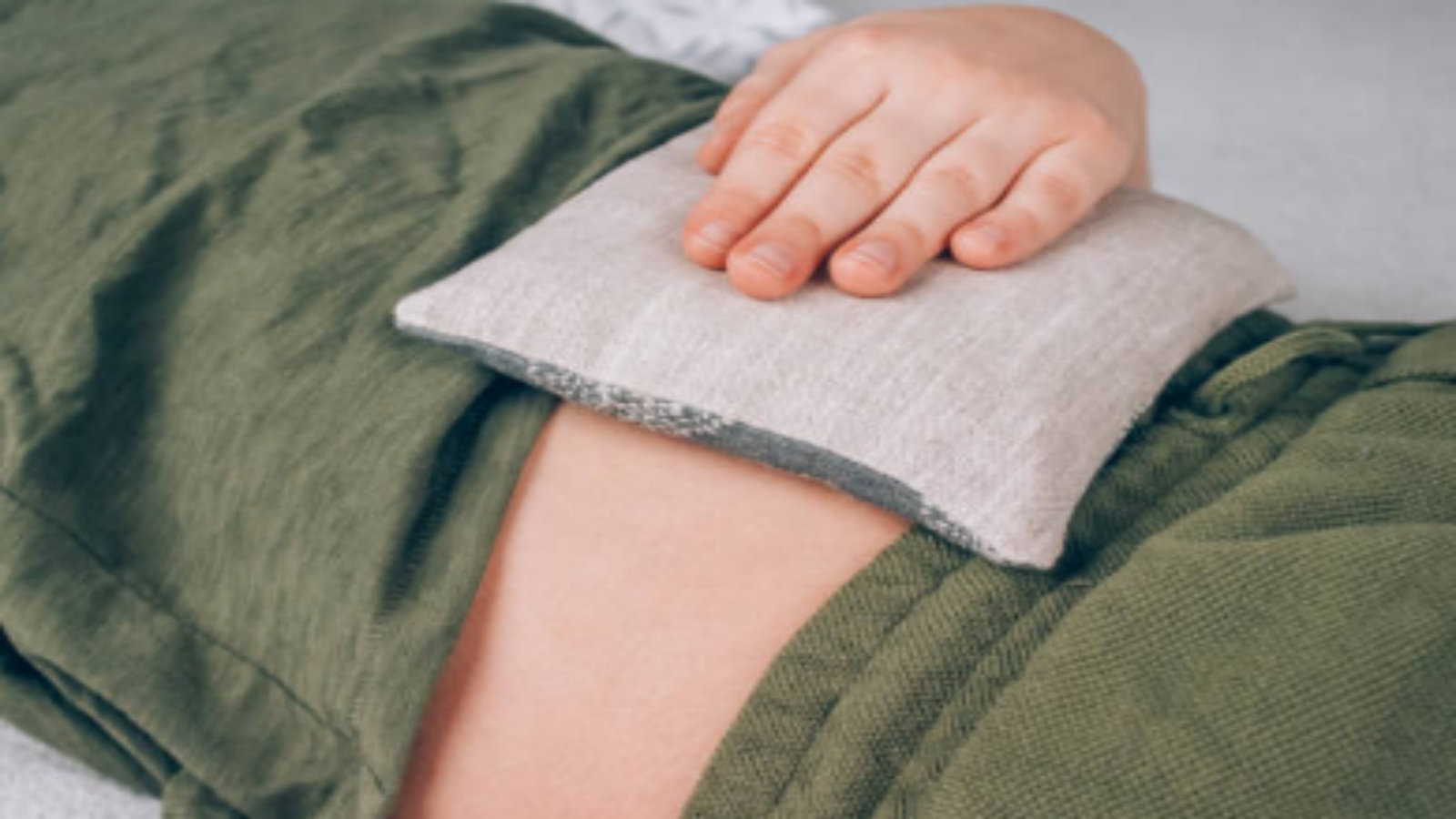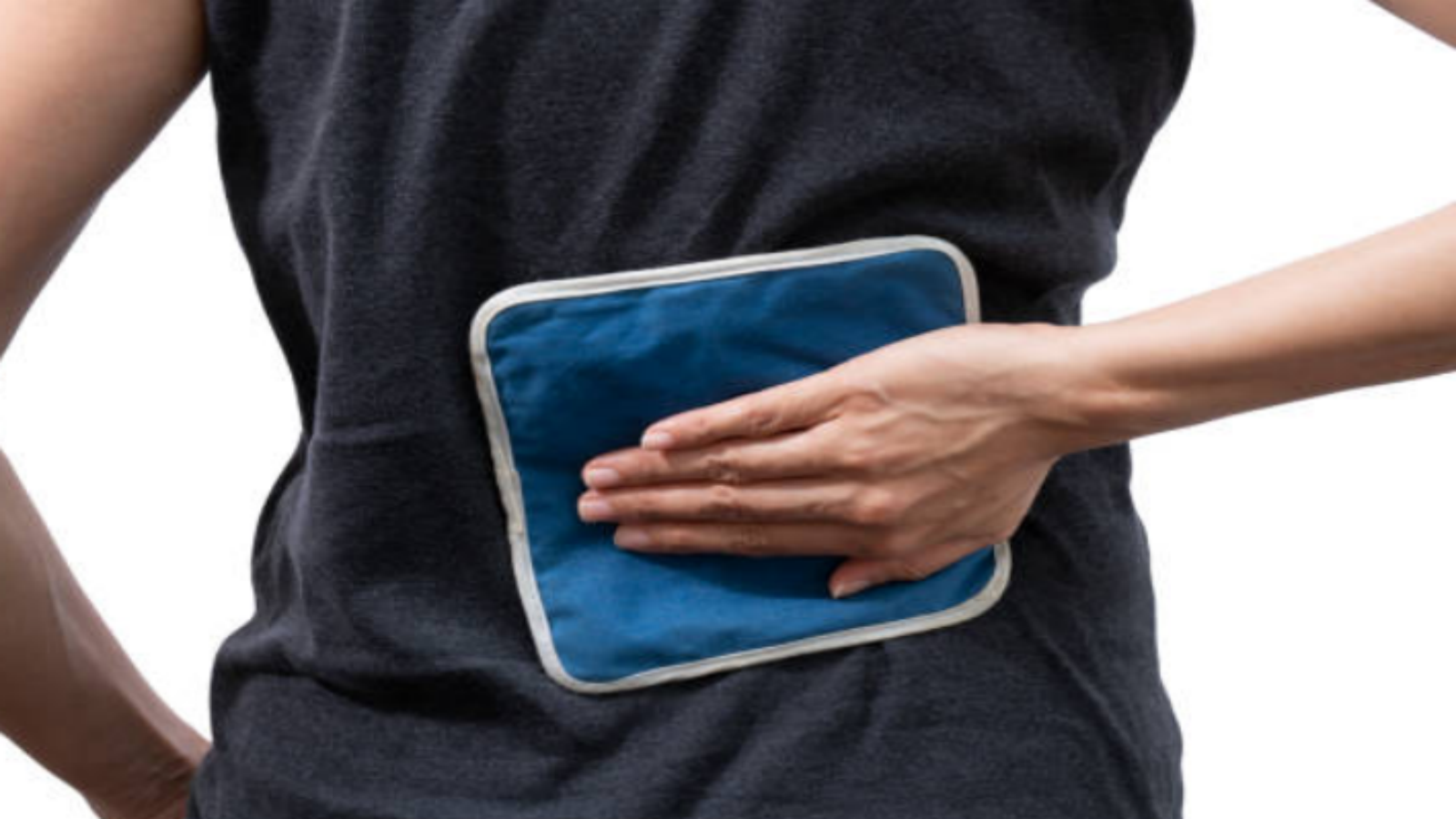The Best Fabric to Make Heat Packs: A Comprehensive Guide
Heat packs are a popular method for providing relief from aches, pains, and muscle tension. Whether you are looking to make your own heat packs for personal use or to sell them, choosing the right fabric is crucial. In this article, we will explore the best fabric options for making heat packs, considering factors such as heat retention, durability, and comfort. Let's dive in!
Understanding Heat Pack Fabrics

The essence of a good heat pack lies not only in its contents but also in the fabric that encases these soothing elements. The fabric material needs to be comfortable against the skin, able to withstand the microwave's heat, and durable enough to hold the natural materials commonly used, such as rice, wheat, or flaxseed.
1. Cotton: A Classic Choice
Cotton is a widely used fabric in the textile industry due to its breathability, comfort, and affordability. When it comes to heat packs, cotton is an excellent choice. It has good heat retention properties, allowing the pack to stay warm for an extended period. Cotton fabric is also soft against the skin, making it comfortable to use. Additionally, cotton is durable and can withstand repeated heating and washing, making it a long-lasting option for heat packs.
2. Flannel: Soft and Cozy
Flannel is a popular fabric known for its softness and warmth. It is made from cotton or a blend of cotton and synthetic fibers. Flannel fabric has a brushed surface that traps heat effectively, making it an ideal choice for heat packs. The soft texture of flannel provides a soothing sensation when applied to the body. Moreover, flannel comes in a wide range of colors and patterns, allowing you to create aesthetically pleasing heat packs.
3. Fleece: Luxurious Warmth
Fleece is a synthetic fabric known for its excellent insulation properties. It is made from polyester fibers that are tightly woven together, creating a soft and warm material. Fleece is highly efficient at retaining heat, making it perfect for heat packs. It provides a luxurious warmth that can help relax muscles and relieve pain. Furthermore, fleece is lightweight, quick-drying, and easy to clean, making it a convenient option for heat pack fabrics.
4. Wool: Natural Warmth
Wool is a natural fiber that has been used for centuries to keep warm in cold weather. It is an excellent choice for heat pack materials due to its exceptional insulation properties. Wool fibers have tiny air pockets that trap heat, keeping the pack warm for a longer time. Wool is also moisture-wicking, meaning it can absorb and evaporate sweat, keeping the skin dry and comfortable. However, it's important to note that some people may be allergic to wool, so consider this factor when selecting fabric for heat packs.
5. Silk: Lightweight and Therapeutic
Silk is a luxurious fabric known for its smooth texture and lightweight feel. While silk may not be the most common choice for heat packs, it offers unique benefits. Silk has natural temperature-regulating properties, meaning it can retain heat in cold environments and keep cool in hot environments. This makes silk heat packs versatile for various weather conditions. Additionally, silk is hypoallergenic and gentle on the skin, making it suitable for those with sensitivities or allergies.
6. Bamboo: Eco-Friendly and Antimicrobial
Bamboo fabric is gaining popularity in the textile industry due to its eco-friendly nature and antimicrobial properties. It is made from bamboo pulp, which is processed into a soft and breathable fabric. Bamboo fabric is naturally hypoallergenic, making it suitable for individuals with sensitive skin. It also has excellent heat retention capabilities, ensuring the heat pack stays warm for a significant period. Moreover, bamboo fabric is moisture-wicking and odor-resistant, keeping the heat pack fresh and hygienic.
7. Corduroy: Durable and Textured
Corduroy is a fabric known for its distinct ribbed texture. It is made from cotton or a blend of cotton and synthetic fibers. Corduroy fabric is highly durable and resistant to wear and tear, making it a great option for long-lasting heat packs. The ribbed texture of corduroy also adds an interesting visual and tactile element to the heat pack. However, it's important to note that corduroy may not provide as much heat retention as other fabrics on this list.
8. Microfiber: Softness and Versatility
Microfiber is a synthetic fabric made from ultra-fine polyester or nylon fibers. It is known for its softness, lightweight feel, and versatility. Microfiber fabric has excellent heat retention capabilities, allowing the heat pack to provide long-lasting warmth. It is also highly absorbent and quick-drying, making it easy to clean and maintain. Additionally, microfiber is hypoallergenic and resistant to allergens, making it suitable for individuals with allergies or sensitivities.
9. Satin: Smooth and Soothing
Satin is a glossy fabric known for its smooth and luxurious feel. It is typically made from silk, polyester, or a blend of both. Satin fabric is often used in beddings and garments due to its elegant appearance. While satin may not be the most heat-retaining fabric, it offers a soothing sensation when applied to the skin. Satin heat packs can be particularly beneficial for relaxation and stress relief.
10. Minky: Plush and Cuddly
Minky, also known as "minkee" or "super-soft fabric," is a synthetic fabric that mimics the texture of mink fur. It is incredibly soft, plush, and cuddly, making it a popular choice for baby blankets and plush toys. Minky fabric has good heat retention properties and provides a gentle and comforting warmth. Due to its softness, minky heat packs are often used for soothing sore muscles and providing comfort during cold weather.
Why Zhejiang Sunzentex Tech Stands Out

When it comes to sourcing fabric for heat packs, especially in bulk, Zhejiang Sunzentex Tech is a name that deserves attention. Their commitment to quality and innovation has placed them at the forefront of textile manufacturing, offering a range of fabric solutions tailored to heat pack applications. Here's why they stand out:
- Wide Range of Fabric Choices: Whether you're looking for organic cotton, linen, fleece, or a specific blend tailored to your needs, Sunzentex offers an extensive selection.
- Customizable Solutions: Understanding that every brand and product has unique requirements, Sunzentex provides customizable fabric options to meet specific needs.
- Sustainability Commitment: For eco-conscious consumers and brands, Sunzentex's dedication to sustainable manufacturing processes and eco-friendly options is a significant draw.
- Quality Assurance: With rigorous quality control measures in place, Sunzentex ensures that every fabric meets high standards, essential for creating durable, safe heat packs.
Frequently Asked Questions (FAQs)

What's the best fabric for a microwaveable heat pack?
Natural fibers like cotton and linen are typically the best choices for microwaveable heat packs due to their heat tolerance and moisture-wicking properties. Always ensure the fabric doesn’t contain any synthetic fibers that could melt or ignite.
Can I use any fabric for a heat pack?
While many fabrics can be used, opting for natural, breathable, and heat-tolerant fabrics is crucial for safety and durability. Avoid synthetic materials that could melt when heated.
How do I care for my fabric heat pack?
Always follow care instructions specific to the fabric type. Generally, heat packs should be kept dry and cool. Spot-clean only and avoid submerging in water to preserve the filling’s integrity.
Where can I source fabric for my DIY heat pack projects or business?
Zhejiang Sunzentex Tech offers a wide range of suitable fabrics for heat packs, providing bulk solutions for businesses and high-quality options for DIY projects.
Wrapping Up

Choosing the right fabric for heat packs goes beyond aesthetic appeal; it's about safety, comfort, and durability. With a comprehensive understanding of fabric types and a trusted manufacturer like Zhejiang Sunzentex Tech, you’re well-equipped to select or supply the best materials for soothing, effective heat packs. Whether you’re a DIY enthusiast crafting personal comfort solutions or a fabric retailer sourcing the finest materials for your customers, prioritizing quality and safety in your fabric choice will ensure that every heat pack is a source of relief and comfort.

